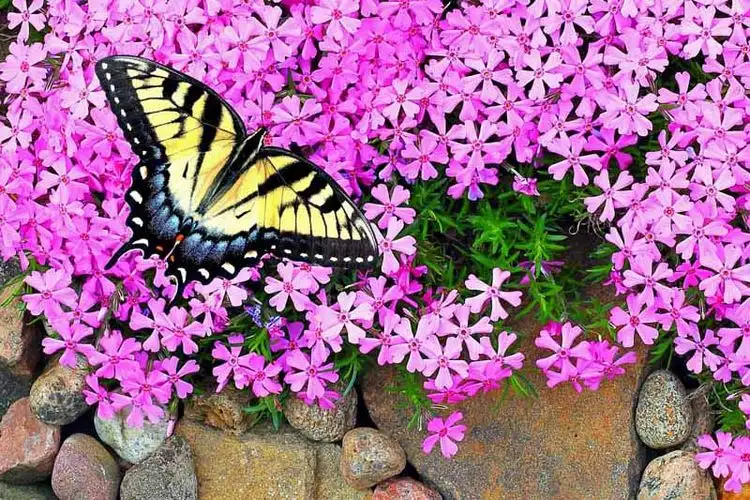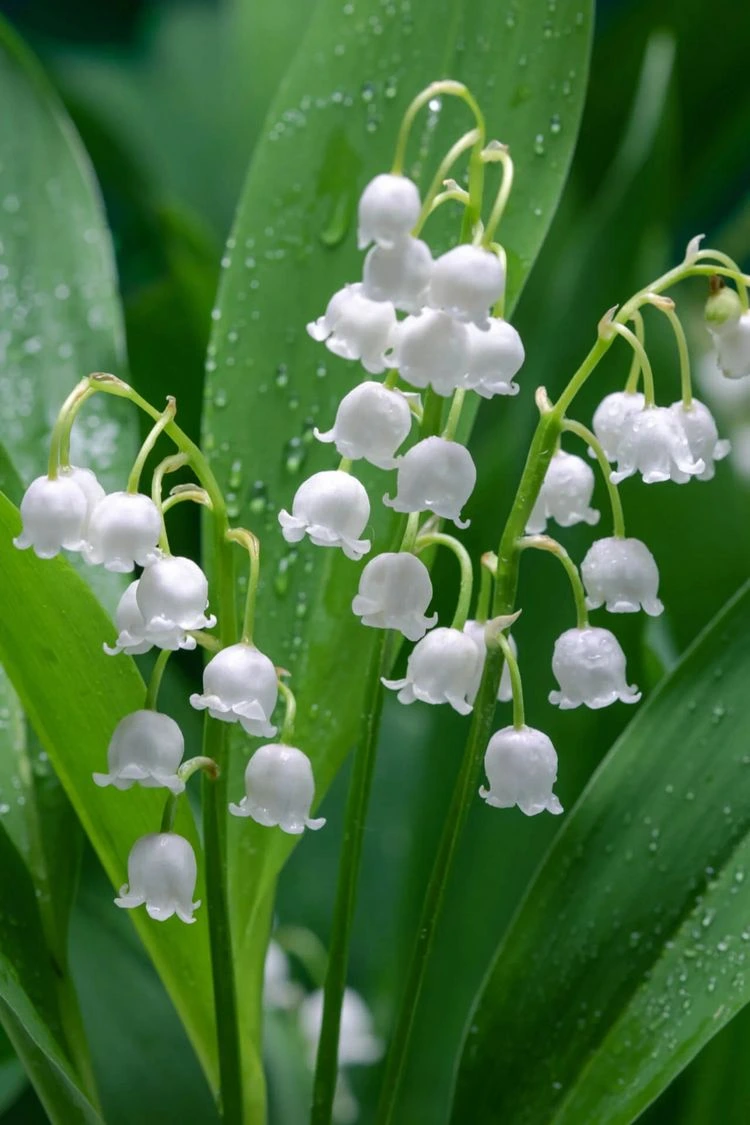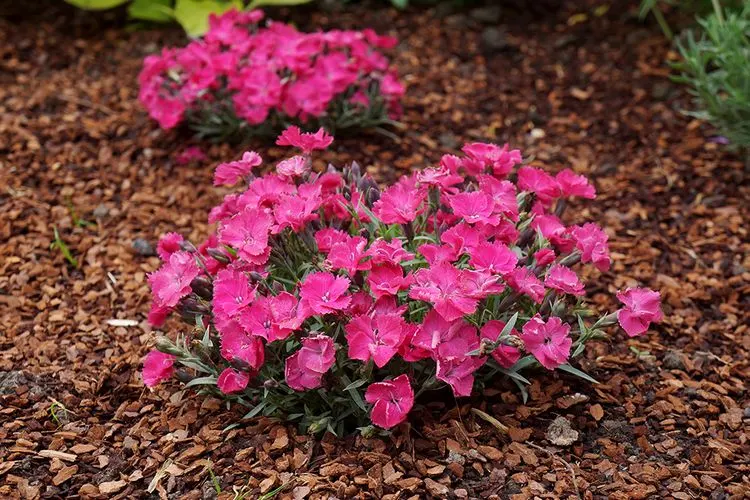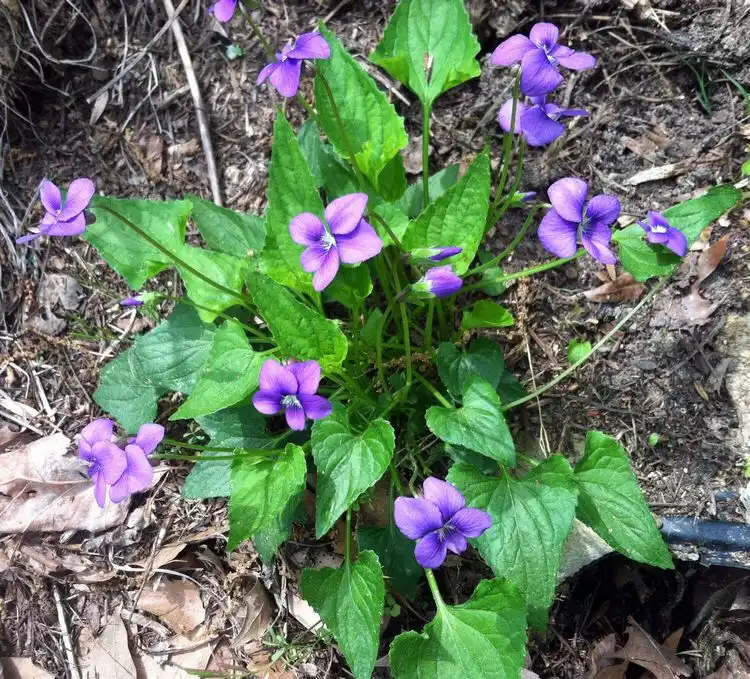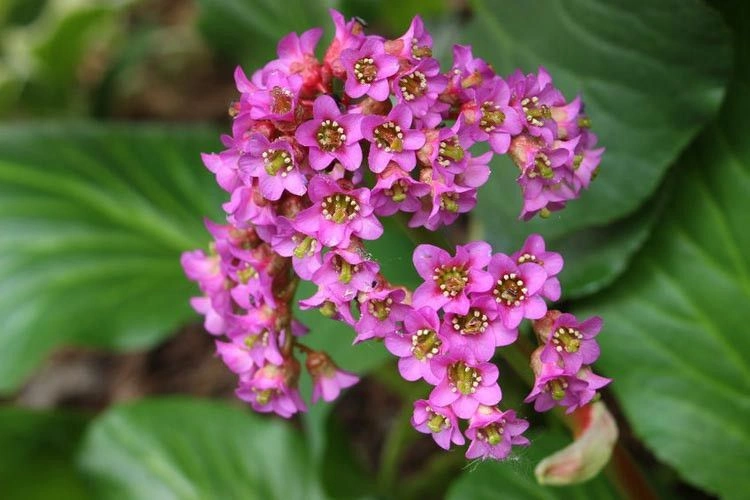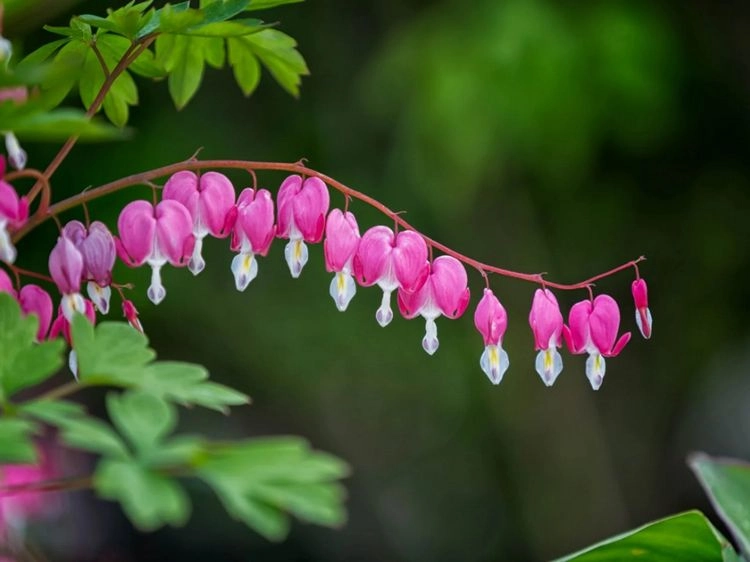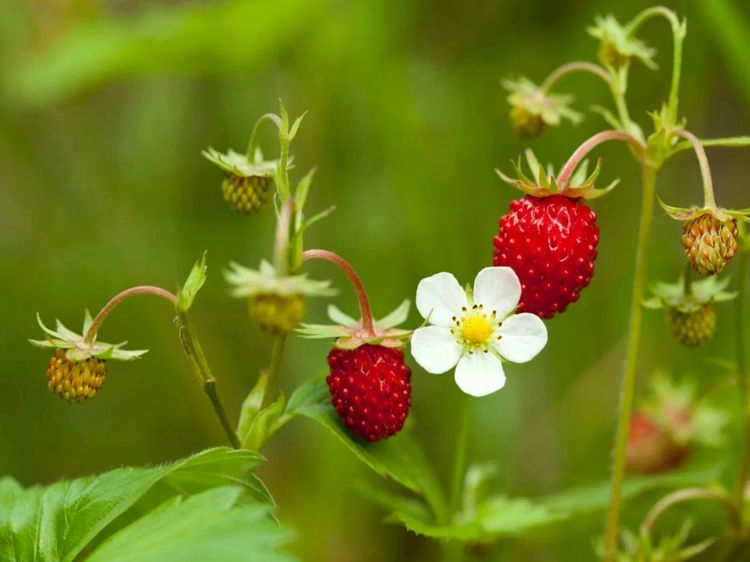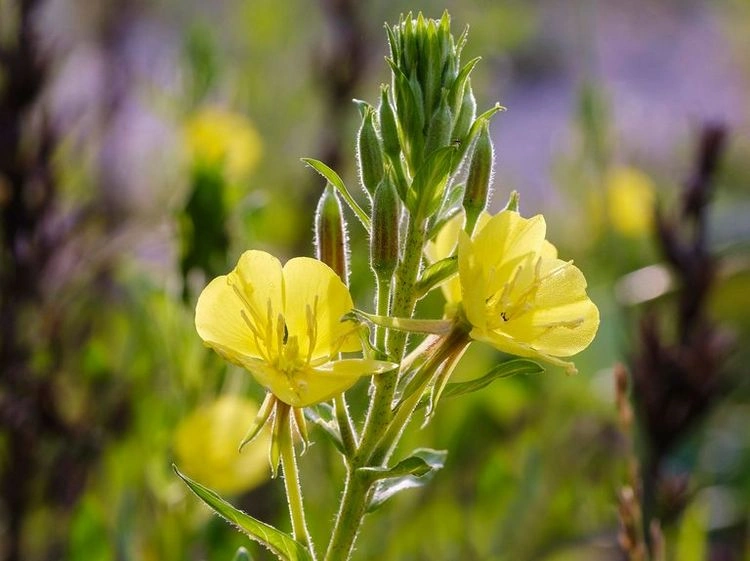With the help of various ground covers, dull areas such as under large trees, on sunny slopes or other places can easily be filled with color. Soil erosion and drought are prevented because these plants act like living mulch. Do you want to beautify your garden too? You may be wondering, “What are the hardy ground covers that are also blooming?” The following perennial ground covers are great for a variety of locations!
The most important step is to find the right plant from the many ground covers available. This article contains a list of some of the best hardy and blooming ground covers.
Phlox as a Ground Cover
Phlox is a low-maintenance, ground-covering perennial with colorful flowers that is hardy enough to be walked on. The fragrant flowers typically bloom in early spring and come in a variety of colors including blue, purple, pink and white.
The Slow-Growing Plant Thrives in Direct Sunlight or Partial Shade.
Hardy and Blooming Ground Covers – Cute Lily of the Valley
Lily of the valley is one of the hardiest and most popular plants around, but don’t let its sturdy looks fool you – it’s just adorable, with its tiny white bells and strap-like green leaves. This sweet-smelling perennial tends to spread, so it’s best to plant it in well-maintained spots like walkways or near the foundation of your home. It thrives in partial shade but also tolerates morning light.
Also read: Hardy Climbing Plants for the Balcony and Garden: Our Favorite Types and Varieties!
Dianthus ‘Sugar Plum’
Dianthus, a perennial plant with a vanilla-like aroma, is a plant that comes straight from grandmother’s garden. This pretty ground cover grows best in bright sunlight. These compact perennials are long-lasting and visually appealing due to their silvery leaves and colorful flowers. Dianthus is low-growing and evergreen or semi-evergreen, which makes it ideal to use as ground cover or edging. The fragrant flowers attract a variety of winged animals. Once planted, its can survive dry periods.
The Frost-Hardy Violet
Native to North America, the violet forms a spreading, green carpet studded with purple or white-blue flowers. Pollinators such as bees and butterflies are attracted to the flower for the nectar. Since they are non-toxic, many animals and people can benefit from eating these plants.
Violets spread quickly from seed to seed and cover large areas. If you’re just looking to fill up a lawn, you might want to take a closer look at these plants. This plant does best in partial shade, but can survive and even thrive in full sun with regular watering. This spread has caused some to call it a weed, but we see it as a useful ground cover in the garden.
Evergreen, Hardy Bergenia
Heart-leaved bergenia, the best-known member of the genus Bergenia, has elongated, heart-shaped leaves and slender stems that bear clusters of pink flowers. This plant is used as a substitute for tea in many regions where it grows naturally. Officially, it has also been reported to have beneficial medicinal effects. This plant makes an excellent attractive ground cover in areas with little light. The heart-leaved bergenia is also quite hardy.
Bleeding Heart – Charming Perennial
Butterflies will flock to your garden when you plant the Bleeding heart. Bleeding heart is a beautiful perennial plant with fern-like leaves and dainty pink, purple and white flowers. These perennials like cool, moist conditions and plenty of shade, although they can survive in more sun if the temperature is kept low enough. If the plant receives enough shade, it will remain fresh and green long after it has faded.
Read also: What Plants Bloom in Winter? – Colorful Shrubs for a Beautiful Garden During the Cold Season!
Wild Strawberries Transform Your Garden into an Oasis
The delicious fruits of the perennial ground cover plant known as wild strawberries are edible. There are many types of wild strawberries. They produce flowers and fruits early, around June, and grow low to the ground. This perfectly hardy ground cover is useful not only because it provides food, but also because its trifoliate leaves and white flowers are attractive.
People have been eating and enjoying wild strawberries for thousands of years. Today’s cultivated strawberries are the result of crossing wild ancestors. Since people have already cultivated other varieties, they now have a wide range of options at their disposal, ranging from purely decorative to very productive. There are a variety of wild strawberry cultivars, so it’s important to know which ones thrive in your area. Wild strawberries thrive in shade or partial shade, but they prefer sunny locations.
The Beautiful Evening Primrose (Common Evening Primrose)
This plant is for all the night owls out there! Evening primrose is known not only for its wonderful lemon aroma, but also for its nightly blooms. This wildflower makes a wonderful addition to any garden and provides a lasting pop of yellow color.
Native to most northern regions of the United States and Canada, evening primrose can survive the winter and thrives in a variety of soils, including sandy and gravelly varieties. However, you need to keep a close eye on it to prevent it from drying out. The lemony scent of evening primrose flowers is a magnet for moths, bees and other pollinators. Not only is the plant safe for the animals in your garden, but it is also resistant to deer and rabbits.
Also read: Hardy Perennial Plants for Outdoor Pots That Will Survive Winter


